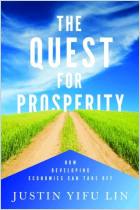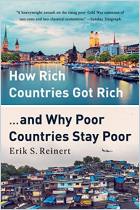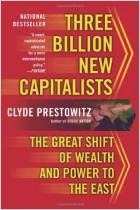
How Asia Works
Success and Failure in the World’s Most Dynamic Region
Recommendation
In the 1980s, economists popularized the term the “East Asian miracle,” thus feeding the belief that Asian countries have had homogeneous economic experiences. They have not, according to journalist and Asia expert Joe Studwell. China, Japan, Taiwan and South Korea implemented their ultimately successful strategies years before any discussion of the “East Asian miracle.” They reformed their agricultural sectors, focused on manufacturing and then subordinated finance activities to these two priorities. Studwell challenges the belief that countries should leave economic development to market forces. He uses economic history to show that almost every advanced economy used protectionism at some stage to boost growth. He cites East Asia’s remarkable record to show why poor countries must remain steadfast in pursuing their goals, unswayed by trendy economic advice or pressure from their own entrepreneurs. getAbstract recommends Studwell’s comprehensive, rigorous and thought-provoking analysis to policy makers, historians, investors and economists intrigued by “the world’s most dynamic region.”
Summary
About the Author
Journalist Joe Studwell has published several books on Asia.


















Comment on this summary